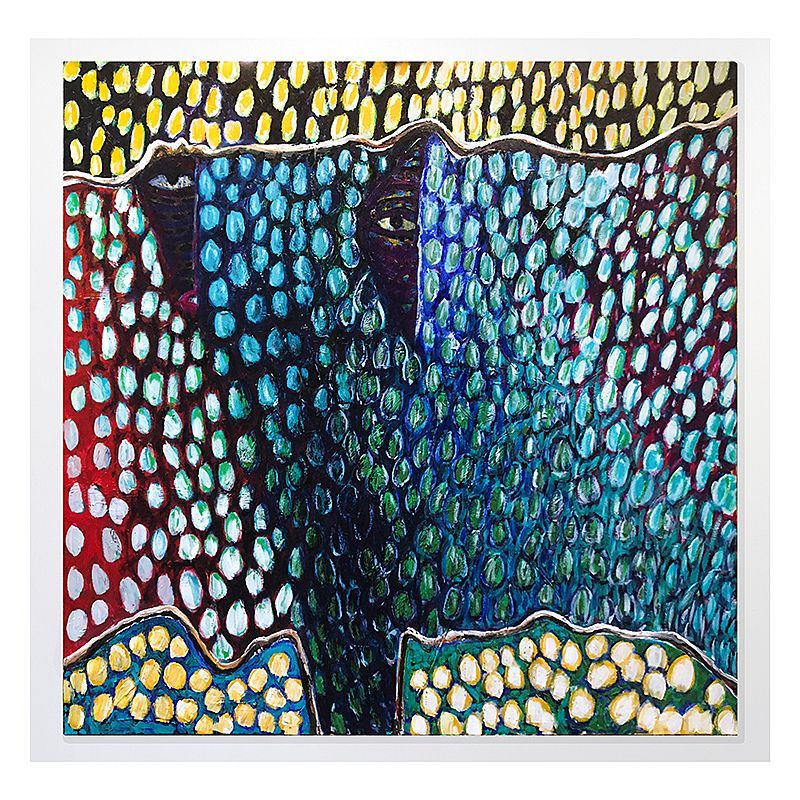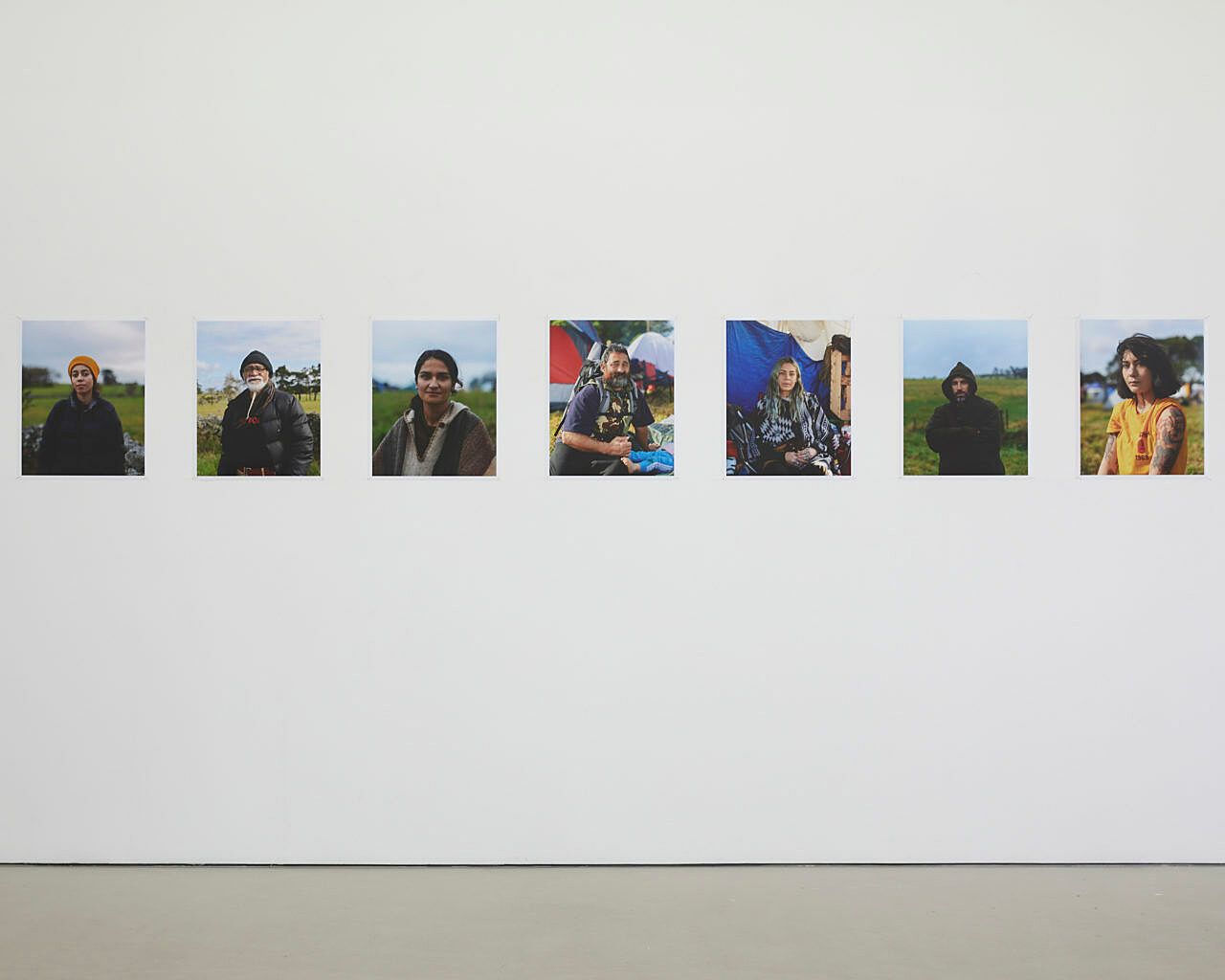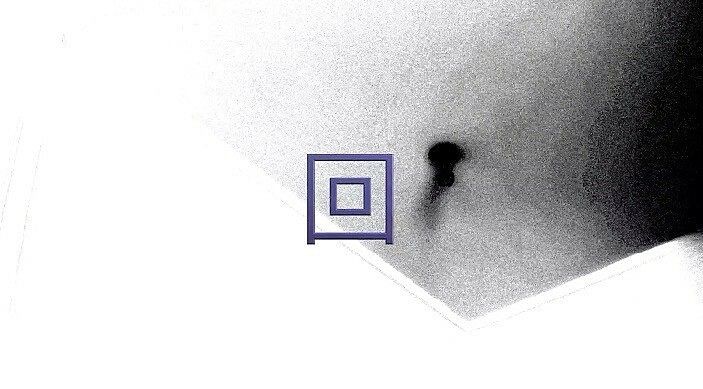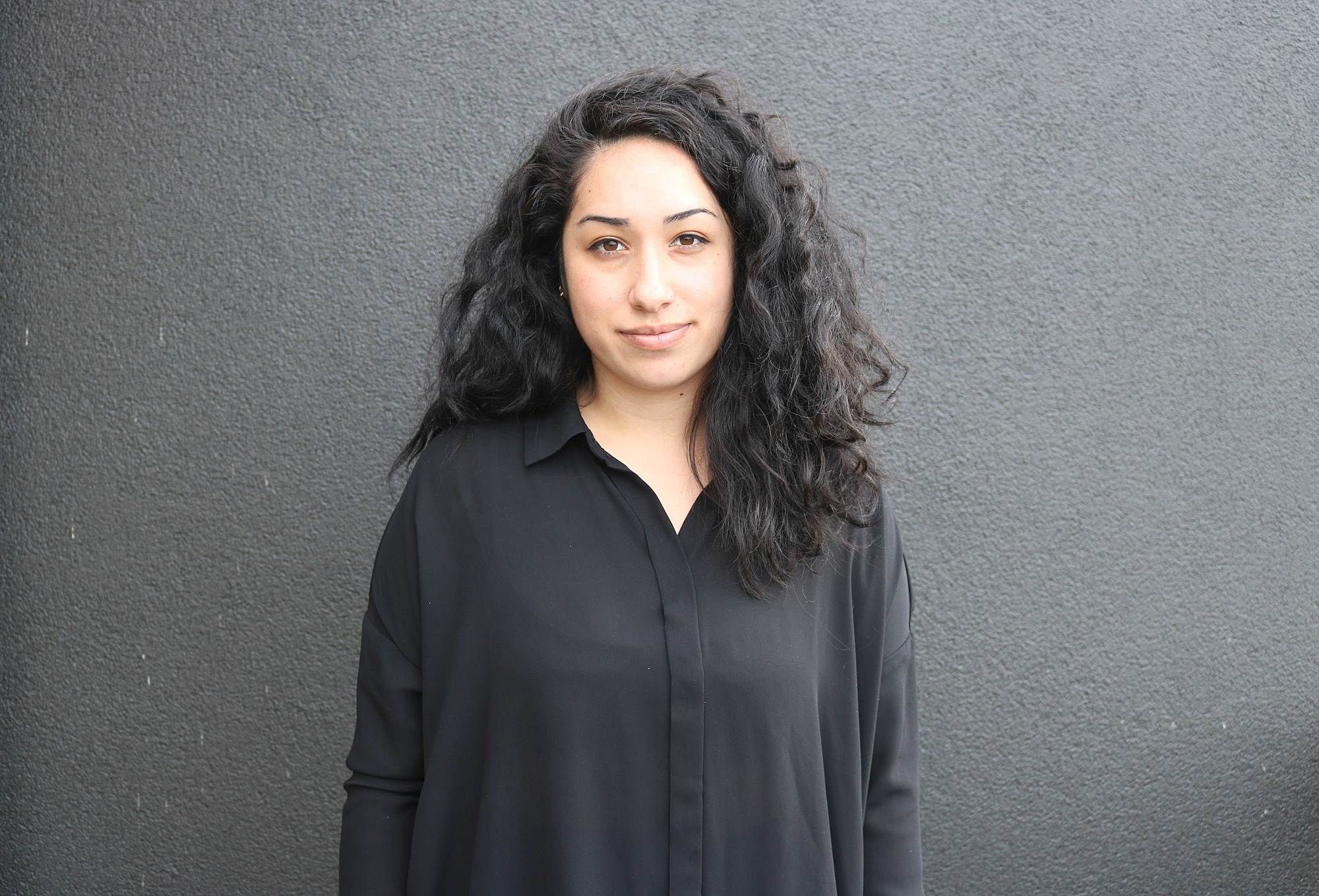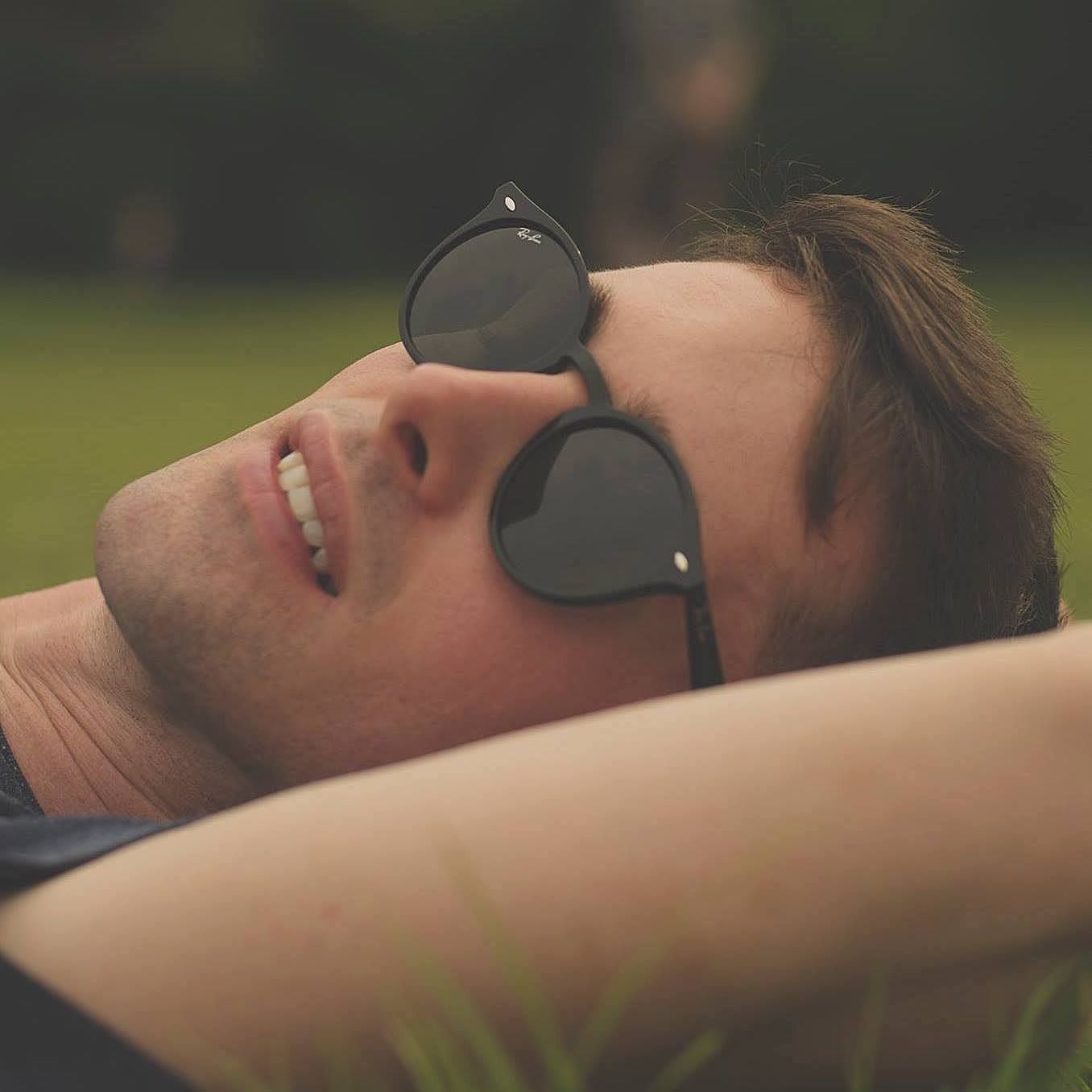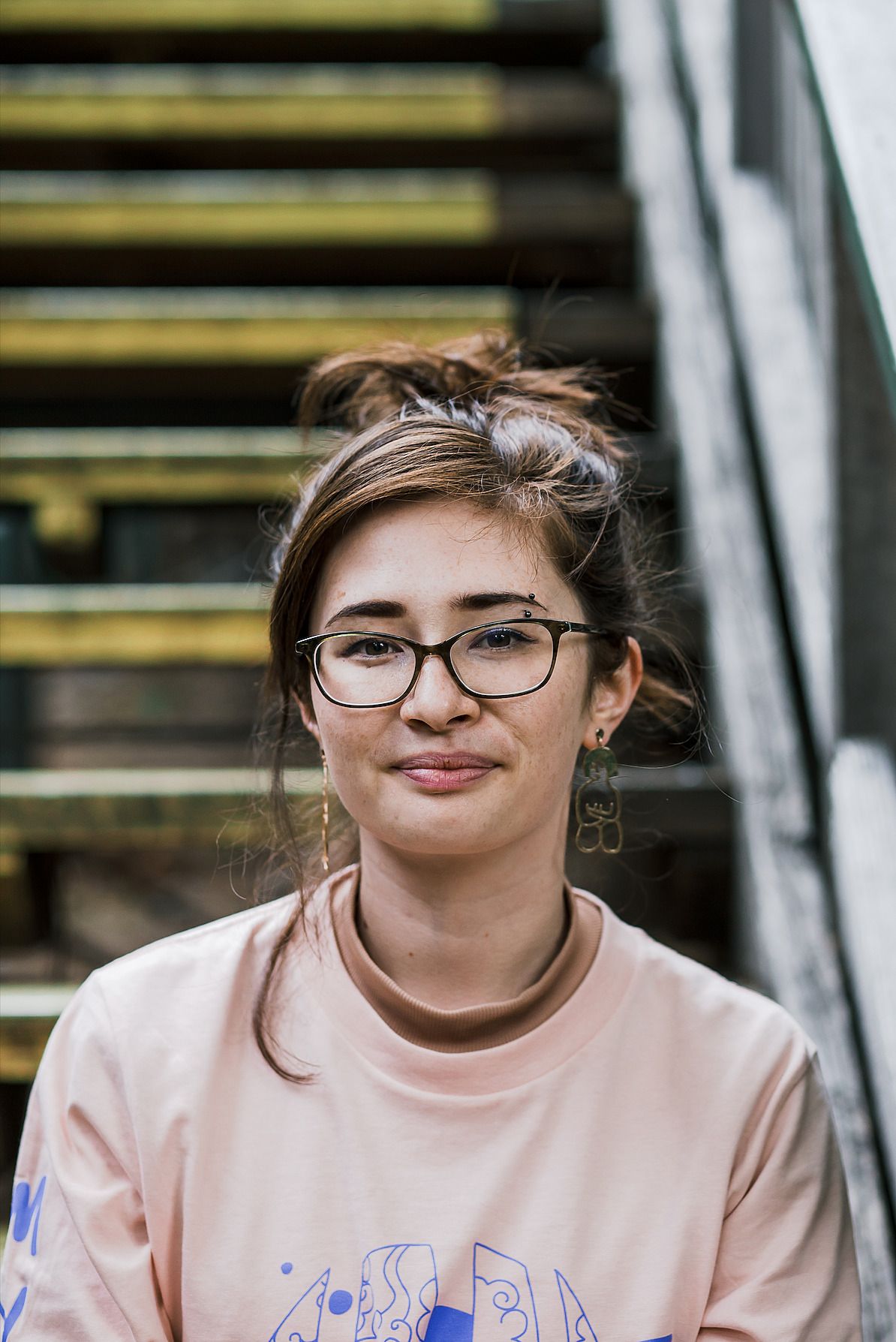The Unmissables: Three Artworks to See in May
The best art on show in the dealer galleries of Tāmaki Makaurau Auckland, and online, in May 2020.
A monthly round-up of artworks around Aotearoa that we keep returning to.
This month's Unmissables are a journey through melancholy, Aotearoa's not-so-distant Colonial history and dreamy déjà vu.
This month, our team of art critics, Lana Lopesi, Francis McWhannell and Vanessa Crofskey, have trawled the streets of Auckland – and the internet – to showcase some of Aotearoa’s most exciting artists.
Rainmakers, Fatu Feu'u
We’re in a strange in-between moment where art galleries are opening up to the public again, yet are still lingering online, and returning to the ‘real’ world is still optional. Deciding to remain physically distant from art, I trawled online stockrooms instead of Auckland’s galleries for this month’s Unmissable. This May I want to share Fatu Feuʻu’s Rainmakers (2020) which I started drooling over in the Artis Gallery virtual booth for the online Auckland Art Fair.
Fatu Feuʻu is somewhat the patriarchal figure in the world of Pacific art, so of course I would love one of his works in my home. Often dubbed as the first Pacific painter in Aotearoa, he is well known for his use of Pacific motifs and bright colours in both his paintings and sculptures. Interestingly then, this new work Rainmakers sits in almost complete contrast to Feuʻu’s more iconic style. While his signature colour palette is still ever present, there is an unfamiliar melancholy in the work. As you make contact with the two eyes which peer through the rain, you wonder what it is that they’re looking at. This new departure for Feuʻu is intriguing. Pacific painting with a dystopian contemplation, I’m here for it. - LL
FUTURE 4 X 3, install view
Having missed FUTURE 4 X 3 prior to the lockdown, I was delighted to discover that I would have a second chance to view it. The show marks the reopening of the long-standing Trish Clark Gallery in the building previously occupied by the Auckland branch of Hopkinson Mossman (now Mossman, Te Whanganui-a-Tara). It comprises 12 works by four artists, each around three decades old. Amanda Gruenwald, Eemyun Kang, and Brendon Leung all present sensual paintings that nourish the screen-fatigued and material-hungry soul. But I am most gripped by Chris Corson-Scott’s photographs. I’ve been a fan of the artist’s work for a while now, beguiled by his images of decaying structures, which explore environmental and societal degradation with great sophistication. His Ihumātao Project (2019) represents a powerful elaboration on his existing concerns.
Carrying on a tradition of politically conscious and documentary photography by the likes of John Miller and Ian Macdonald, Corson-Scott has depicted a number of the people who occupied Ihumātao in July to September last year. Although produced on site, the works are not candid, but carefully made, dignified portraits. Shallow focus emphasises the sitters’ faces. The images brim with poetic detail. A loop of rope echoes the tumble of the hair of Nikita. Buchanan holds the foot of a resting infant with exquisite tenderness. The prone body reminds me faintly of the Christ child in Giovanni Bellini’s Madonna del Prato (1505). Looking at the tent-forms in the background of several of the works, I think suddenly of nineteenth-century sketches showing the encampments of colonial forces that invaded various parts of Aotearoa. The past demands reaction as well as reflection from those of us inhabiting its future. - FM
Trish Clark Gallery
1 March 2020–TBC
Still from 回水洞肉 The return of water: holes and flesh, 林千叶 QY Lin
You can take the girl out of lockdown, but you can’t take the homebody out of the girl. I was one of the lucky ones who was routinely #WFH before all the Macbook-Air-on-the-wooden-dining-table-next-to-the-Chemex-Kōkako pics proliferated Insta. I continue to stay home: call me smart or more accurately, avoidant. Lucky for me there’s been cool as artists popping up virtually that I can check out from hibernation.
One of my favourites for the stay-at-home Gallery Girl has been the video work ‘回水洞肉 The return of water: holes and flesh’ by 林千叶 (Qian-Ye Lin), republished on Window Gallery this month. I saw the live iteration of the work during the end of year Graduate Exhibition at Elam School of Fine Arts in 2019. The whole square area of their allotted space was painted black. Headphones slung from the ceiling inviting you to listen to the video, while Mandarin characters were carefully stroked in chalk on the wall. I didn’t cognitively understand much of it, but I was mesmerised. I had this sense of entering into a realm of hallways, like a dream déjà vu was occuring.
Here I am now, watching the work, twelfth tab open, lying on the floor of my lounge. The first scene in the video is that of a monochrome belly button. There is a Mandarin character prominently centred in off-colour hyperlink purple 回 (huí), meaning to return or to circle. I’ve been practicing my toddler-level Mandarin for months now which is lucky, because as I watch the character for ‘return’ appear, I realise that it is made up of two squares, one inside of another. One mouth (口 - kŏu) inside of another mouth, on top of a stomach. A disembodied voice speaks lyrically and intimately on body fluids. It feels apt and fitting to begin here, between languages. The mouth speaking in my ear is unsettlingly close, and its voice crafts containers within containers, a sonic visual portrait that shifts the borders between characters and countries.
Not all art can be translated online, nor cleanly into words. But this one works in tandem with digital space, even as I wish for a dark physical surrounding (or less open tabs) to quieten my background. I am amazed at the quality of work being produced by Asian and Chinese artists operating in Aotearoa at the moment, and I wish more time would be spent exploring the depths of work like this without boring mindsets of Oriental tokenism. - VC
回水洞肉 The return of water: holes and flesh
林千叶 QY Lin
May 2020
The Unmissables is presented in a partnership with the New Zealand Contemporary Art Trust, which covers the cost of paying our writers. We retain all editorial control.


